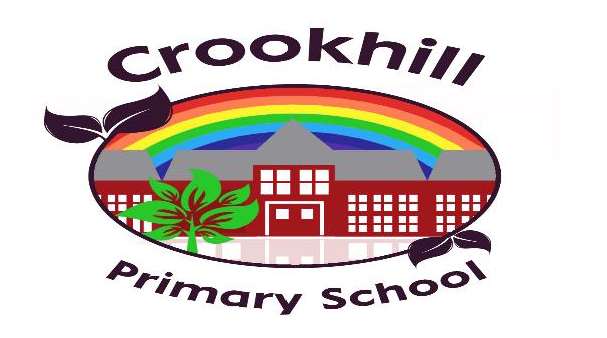Art
Intent
Through our art and design curriculum, we want to engage and inspire our pupils. In art and design, pupils to learn to explore their imagination, generate ideas, acquire skills and apply judgement. Pupils can develop knowledge and understanding alongside skills and techniques. They are given opportunities to experiment, invent and create their own pieces of work. We want our pupils to learn about great artists, craft makers and designers, and understand the historical and cultural development of their art forms.
Our art and design curriculum is developed from the National Curriculum for art and design at Key Stages One and Two. The key skills, techniques and knowledge for art and design are set out in the Long Term and Medium term planning documents for each year group. Alongside this, key vocabulary and great artists and designers have been identified for study to further develop knowledge and understanding. Long term plans are used to form Medium Term Planning documents that underpin the teaching and learning of skills and techniques including control and use of materials, opportunities for experimentation and developing an increasing awareness of different kinds of art, craft and design. Significant artists and designers are studied to further inspire creativity and to develop knowledge and understanding of their techniques, impact and influence. We use Kapow Art and Design scheme of work to support some of our teaching in art and design.
Implementation
How do we deliver art and design at Crookhill Primary School?
- Art and design is studied across the year in blocks of termly or half-termly units.
- Key skills, knowledge and vocabulary have been mapped across school to ensure progression between year groups
- Units of art and design provide opportunities for pupils to:
Generate and Develop Ideas:
- Respond to ideas and starting points.
- Explore ideas and collect visual information.
- Explore different methods and materials as ideas develop.
- Adapt and refine ideas.
Master Techniques
- Skills of Making Art, Craft and Design
- Explore different methods and materials as ideas develop.
- Adapt and refine ideas.
Evaluate
- Skills of judgement and evaluation
- Comment on artworks using visual language.
Develop Knowledge and understanding
“Take inspiration from the greats”
- Use some of the ideas of artists and designers studied to create pieces.
- Show how the work of those studied was influential in both society and to other artists.
- Create original pieces that show a range of influences and styles.
- Acquire and apply knowledge to inform progress
- Replicate some of the techniques used by notable artists, artisans and designers.
- These lessons are delivered weekly or in blocks
- We use a range of resources and use Kapow Art and Design curriculum as the basis for some of our art and design teaching
- Art and design is sometimes taught alongside other subjects, for example links may be made to History or Geography units of work.
- The process of generating ideas, exploration, experimentation, making and evaluating is captured in art booklets or sketchbooks.
- Children are encouraged to be experimental so not all artwork will be neat. Sketchbooks and booklets will show the process of the skills and development of art works
- We regularly revisit the content of lessons (and previous learning from prior year groups) to ensure that learning is embedded.
- Where possible, we take pupils on education visits or invite visitors into the classroom in order to enhance the learning.
Impact
We believe that progression in art and design require all aspects of the discipline to be developed. This includes, not only what pupils make, but also how they make it, what skills they acquire and what they know about the tools and materials they use. Assessment also takes account of what they know about the world of art, craft and design which places their own work in the wider cultural context.
Progression in art, craft and design happens over time as pupils gain increasing mastery and confidence in developing and using skills and gaining deeper knowledge and understanding. Teachers assess progress in art and design through a variety of means and use different kinds of evidence. They consider both the quality of the products that pupils make and the skills they exhibit as they use tools, materials and processes. To assess their knowledge teachers listen to pupils talking about art, craft and design and read what they write. The evidence for assessment occurs in different forms and at different times through the course of a unit of work and so assessment too is spread out over time. Assessments are used over time to build a profile of achievement.
An ongoing record of these skills, knowledge and understanding is kept in order to build up a picture throughout the Milestone phase the child is working in. Milestone assessment sheets give staff criteria for assessment activities which will help to build a picture of each child or cohort’s current level of skill and understanding. The aim is to build a narrative for each child or group rather than to collect data. This information can then be shared with the next year group’s teacher who can build upon the starting points of the class.
At Crookhill Primary we believe by becoming artists and designers, children will use visual language skilfully to express emotions, interpret observations and accentuate their individuality. They will be able to draw confidently and adventurously from a variety of sources. Children will explore and experiment with mark making and ideas and communicate through 2D and 3D forms. Through art and design, pupils will have an impressive knowledge and understanding of artists, craftmakers and designers. They will be able to select materials for purpose and use skilfully. Pupils will have the ability to reflect upon and analyse their own work and that of others. They will have a passion for the subject.
